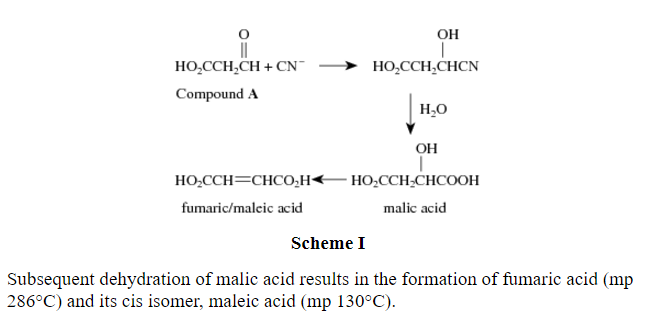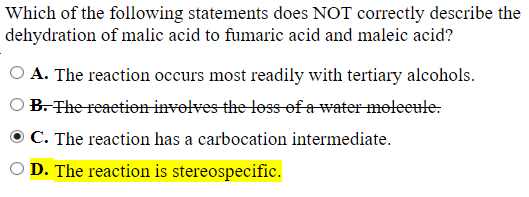6
663697


By having a carbocation intermediate this would mean the reaction is E1. As far as I'm aware, the passage didn't mention the solvent or base that was used for the dehydration, so I am assuming it is just water. For future reference, how would we distinguish whether this is an E1 or E2 reaction? Does it have to do with it being a secondary alcohol?
